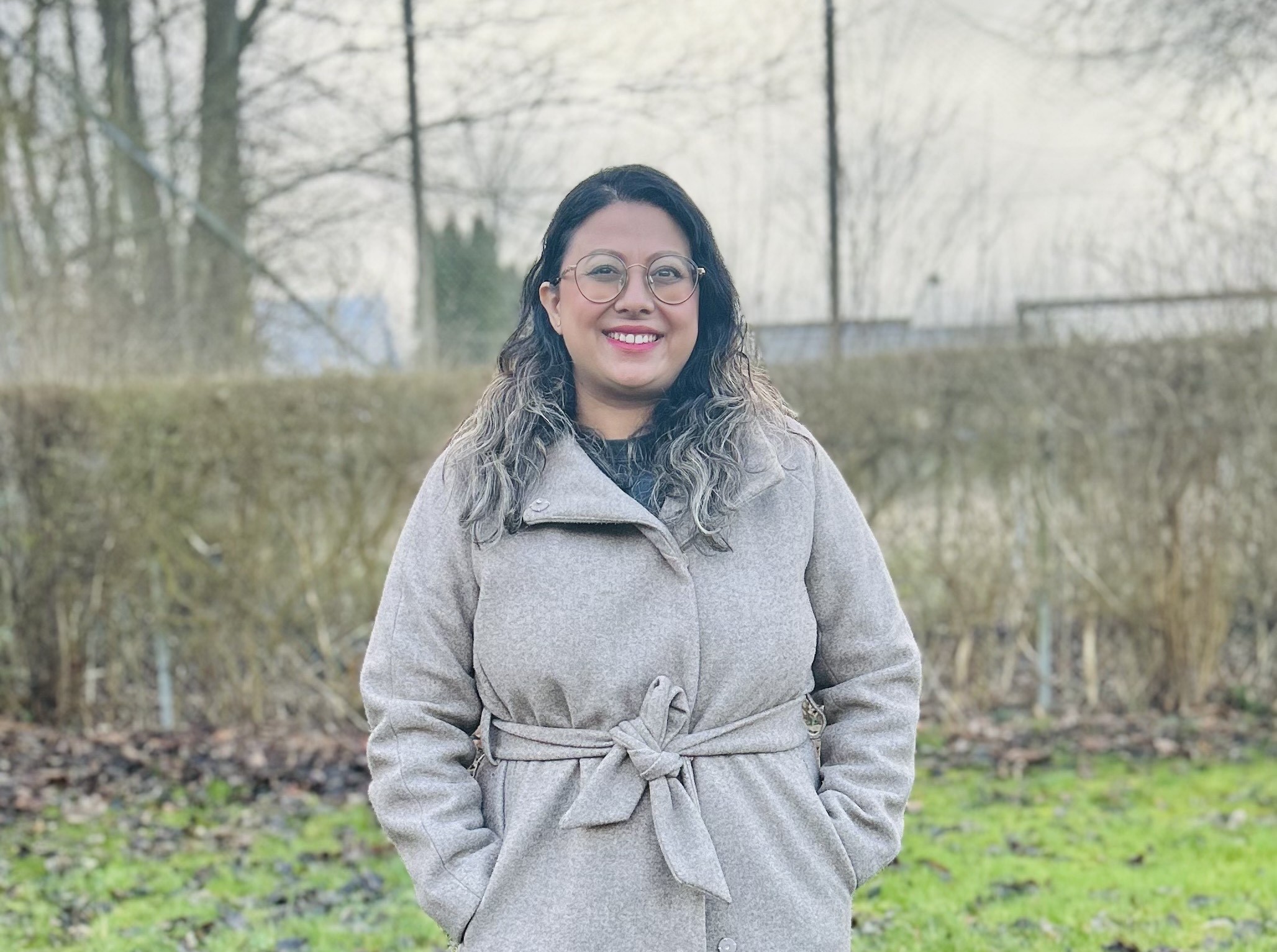Denmark is often praised for its inclusivity, welfare, progressive policies, and gender equality, and rightly so for its population.
Still, is it as inclusive, rewarding, and equal to this other group of people who are new to the soil?
Are the policies as progressive to as it is thought to be for women? More specifically to immigrant women of the South Asian diaspora.
Being a South Asian woman myself who has been living, studying, and working in Denmark for the past 9 years, I have come across countless women from South Asia, who are highly skilled,and have prestigious degrees, but are facing persistent struggles in the Danish labour market.
These women are often overlooked and despite arriving here with advanced degrees and professional experiences, many of them find themselves trapped in low-skilled, low-wage jobs.
Their journeys, filled with shattered expectations and systemic biases, reveal a labour market that still fails to integrate non-western talent.
This led me to do my own research and talk to these women about their everyday struggles in managing life and work in Denmark.
The Reality of Deskilling
I interviewed nine women from various parts of Asia and delved into their stories of workplace integration in Denmark.
Take Mira from Nepal. She is a 37-year-old who has completed her Bachelors in Logistics, now working in a warehouse.
She laments about her missed career route and having to deskill herself to a low-wage employee.
“At first, I thought it was all temporary and I would eventually find something, but I have been living in Denmark for over 10 years now. I have worked as a housekeeper, a cleaner and now I am a warehouse assistant. I have made my peace with it.”
Similarly, Sweta (42) from India, who has a degree in Fashion Design, expected to find a job quickly.
Instead, she had to face racism, discrimination, and blatant disregard to her professional journey, only to succumb and work as a fellow packaging assistant with Mira in the same warehouse.
She explains, “In the span of two years, I applied to over 80 jobs, but I never heard back besides a generic rejection email. It gets into your head, you know! All that education and for what? Maybe I really am worthless!”
Disregarded by the labour market
Moreover, two women from the Philippines, Kathy and Zina, both came to Denmark on an Au-pair Visa, and both have degrees in hotel management and education respectively.
Notwithstanding their degrees, both Kathy and Zina currently work in housekeeping.
These are by far not the only examples.
We can go to any café, restaurant, or hotel and the people working there hiding in plain sight could very well be engineers, designers, artists, with degrees in varying fields such as logistics, international relations, tourism, business management, public health, and so many more.
These women are disregarded by the labor market, despite them applying to it infinitely.
This led me to dig deeper in understanding the barriers and why are there so many missed opportunities.
Barriers Beyond Qualification
The struggles of these women reveal a mix of systemic biases and bureaucratic obstacles such as:
1- The Language Catch
Danish proficiency is often a prerequisite in most professional sectors, however, learning Danish without a proper stable income is a challenge.
Many women take on menial jobs for survival where they don’t need to use/practice Danish which leads to losing the opportunity to practice and improve their language skills.
“I was told by many companies to first learn Danish then reapply”, says Anika, who has a Masters’s Degree in Public Health. “But a full-time cleaning job leaves me no room to also go learn the language. It’s challenging and I have left no energy left to study after work”.
2- The Invisible Hiring Process
In Denmark, personal networks play a huge role in recruitment.
For Asian immigrant women, who arrive without any professional networks and local contacts, breaking into professional circles is nearly impossible.
Bella, who has a Bachelor’s degree in Communication elaborates, “I think it’s called internal hiring where the new employee is recommended by someone from inside the company and the company just posts a vacancy announcement as a formality.
That is a big disadvantage for people like us. We don’t have a lot of networkss here. How do we build a network? It’s so difficult to be friends with Danes as they are a closed-up group of people. We don’t have a previous generation of families living here to penetrate the job market and create networks. All our opportunities are based on luck, not network.”
3- The Burden of Biases
Studies show that ethnic minorities receive fewer interview invitations, even with identical qualifications.
Many South Asian women believe their foreign names and cultural backgrounds influence employer decisions.
Jaya from Bangladesh with a Masters in European Studies: “Since 2022, I applied to over 100 internships without a single callback. Now, as a graduate, I’m in an unpaid internship while job hunting, but I keep receiving generic rejections with no feedback. Many friends have left Denmark for Canada, the US, or Bangladesh. If I don’t find a job within a year, I may have to leave too.”
4- Visa and Residency Restrictions
Some women face different opportunities based on the visa category they arrived in.
While those on work visas have immediate access to job opportunities, women on student or family reunification visas struggle with restrictive work permits and limited job-seeking support.
“If you come as a spouse, no one cares about your career,” says Rashmi, who has a Bachelor’s degree in Sales and Marketing. “You are expected to depend on your husband or find any random job to survive.”
The stories of these women shed light on the deep-rooted challenges that South Asian immigrant women face in Denmark’s labor market.
Systemic barriers, bias, and bureaucratic hurdles continue to limit their opportunities, despite their qualifications and perseverance.
The purpose of this research was to make their voices heard and understand the reason behind such barriers and biases.
In Part 2, I will explore actionable solutions to create a more equitable job market for immigrant populations, ensuring that talent is recognized and rewarded regardless of background.


